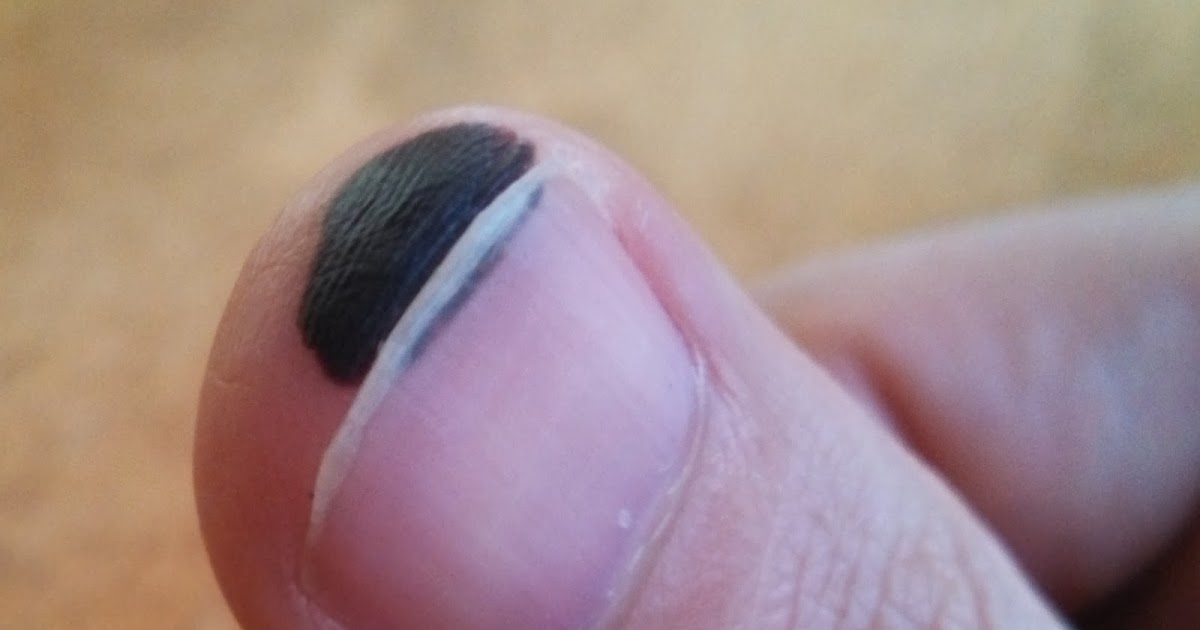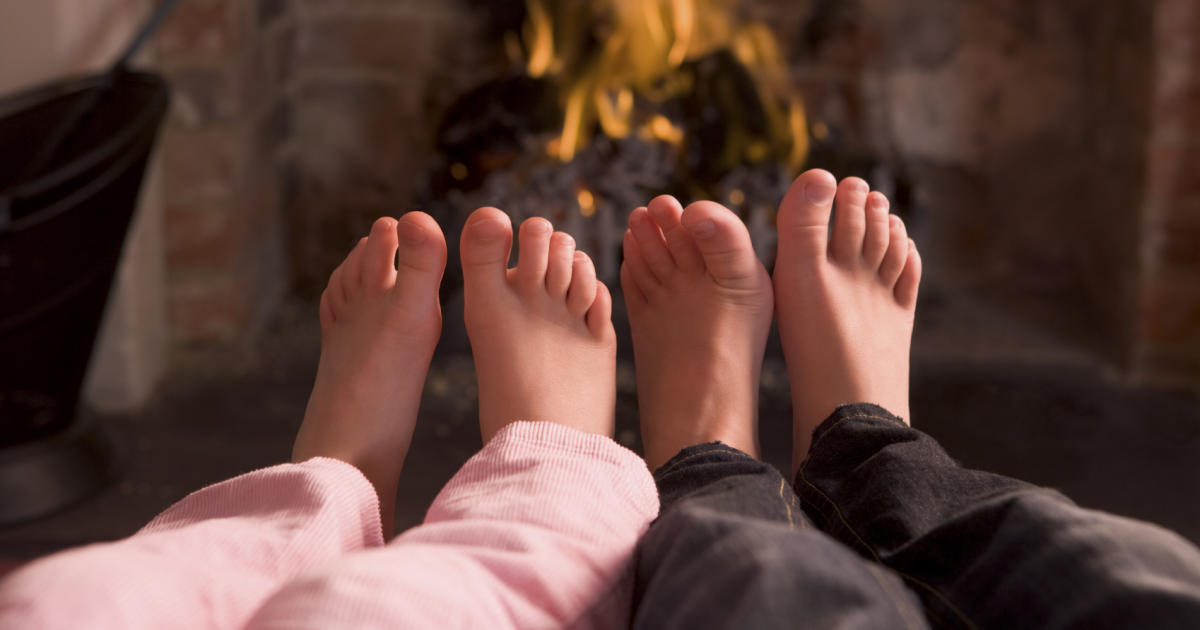Look For These Warning Signs Of Frostbite
Frostbite is caused when skin is exposed to cold and windy temperatures for extended periods. As the fingers, nose, ears, cheeks, and chin are the areas of the body most frequently exposed to the elements, it is most common to have frostbite in these areas. There are several stages of frostbite. The mildest stage creates skin irritation and redness while the most severe stage results in tissue death. Frostbite can be a dire condition, and as such, it is essential to recognize the warning signs, as well as engage in methods to prevent frostbite from occurring.
Blisters Filled With Blood

Prolonged exposure to cold and wind can decrease the flow of blood throughout the body. Without this oxygen-rich blood, tissues within the body begin to die, causing cell damage. When the damaged tissue is rewarmed, the damaged blood vessels may transport blood and proteins into the damaged tissue causing blisters filled with blood. Blisters filled with blood that form forty-eight hours after exposed areas have been rewarmed are indications frostbite has penetrated beyond the epidermis and moved further into deeper tissue.
Puncturing the blisters to extricate the fluid is not advised, as this can increase the risk for infection. Instead, individuals who experience blood blisters should wrap the affected area, changing the bandages frequently, until the area has healed and returned to normal.
Affected Area Feels Cold And Firm

In more serious cases of frostbite, the affected area feels cold and firm. This is an indication of deeper tissue penetration beyond the epidermal level. Outside of the area feeling cold and firm, the skin may appear pale or white, or in cases of severe frostbite, blue or black, as the underlying tissue is decreased of oxygen and begins to die. The muscles and bones may become stiff, decreasing the ability to move. In these cases, simple warming of the area will not be enough to stop the damage and re-warming should be done under the care of a physician.
Loss Of Sensation

A decrease in oxygen and blood flow to the affected area may cause a loss of sensation to pain and the feeling of cold. The severity of the lack of oxygen and tissue and nerve damage will determine whether the loss of sensation is partial or full, as well as whether it is a temporary issue or a long-term, even potentially permanent one. It is important to note as the area is re-warmed and begins to heal, blood flow will be restored, and there may be significant pain in the affected area. This is due to the fact during an episode of frostbite the blood vessels contract. The re-warming process dilates the vessels, allowing them to receive oxygen-nutrient blood, which reignites nerve endings and restores feeling to the affected area.
Burning Or Numbness

Burning or numbness is a common warning sign of frostbite. Burning typically occurs during the beginning stages of frostbite called 'frostnip.' Burning is an indication the damage has been limited to the epidermal layer and has not penetrated deeper tissues. It is also an indication the skin and nerve endings have not been permanently damaged. The burning experienced during this stage can typically be treated at home. Numbness, however, is a sign the frostbite has burrowed past the epidermal layer and has begun to damage the underlying tissue and nerves. Numbness may also be accompanied by skin that is warm to the touch, and the affected area may produce fluid-filled blisters twenty-four to thirty-six hours after the area is re-warmed.
Swelling And Redness

Frostbite that has extended beyond the frostnip stage may result in the experience of swelling and redness in the affected area. The swelling and redness are caused by the freezing of exposed skin, tissue, and fluids within the skin. The longer the area is exposed, the more frozen the aforementioned become. This freezing results in the area becoming inflamed, leading to redness and swelling. These symptoms should decrease as the affected area is re-warmed and regains blood flow. To minimize swelling, individuals can elevate the affected area and slowly move the area to increase blood flow and promote the reduction of inflammation.
